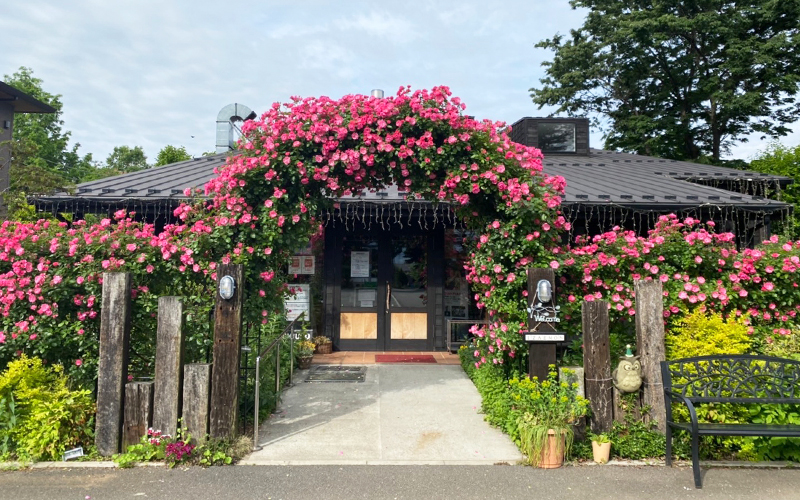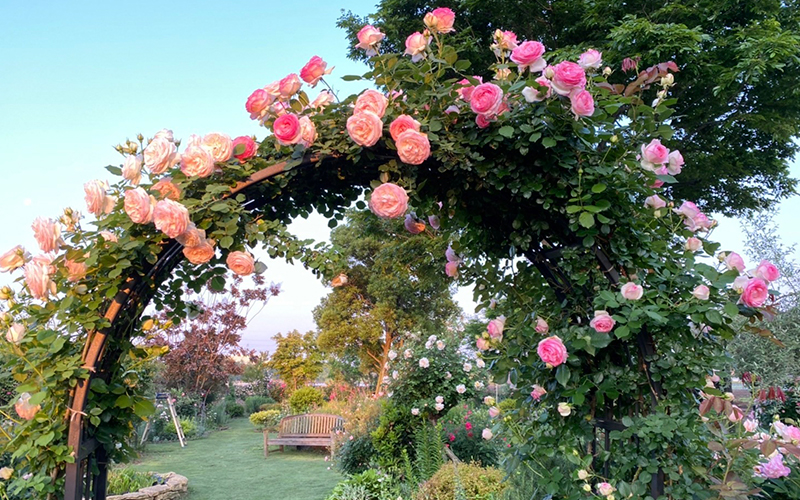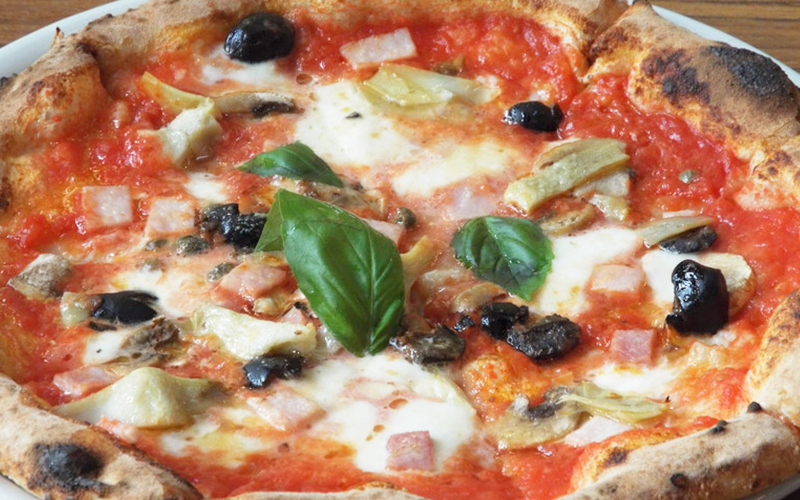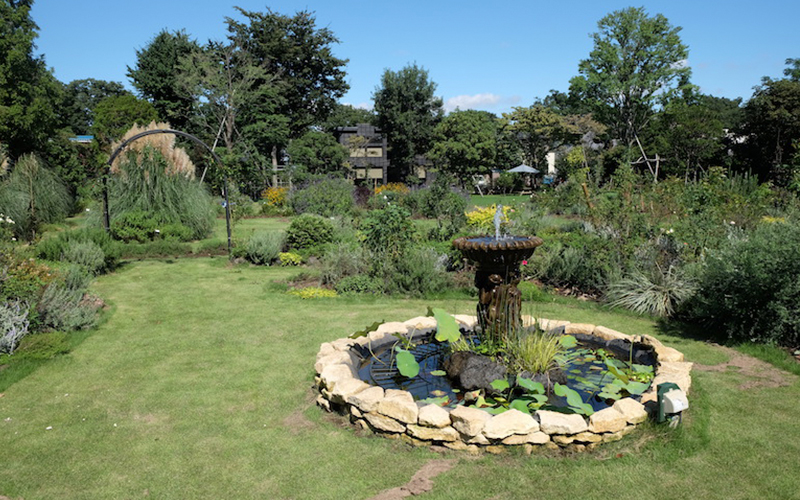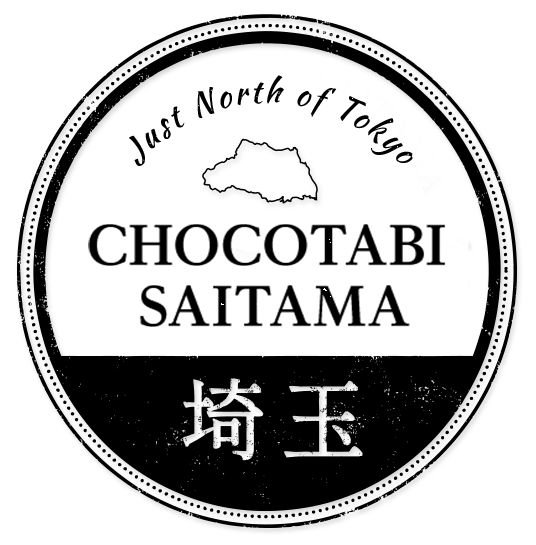Miyoshi – A town where you can experience traditional farming methods and SDGs
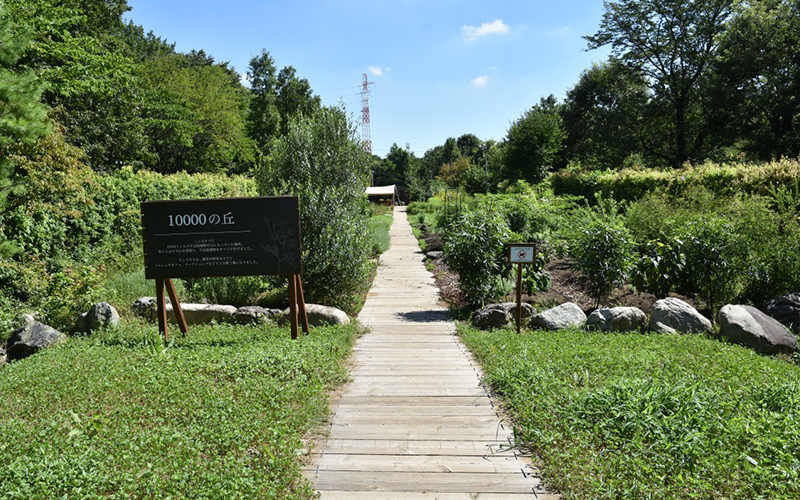
To create a sustainable society, the concern about global environmental issues is increasing all over the world. In Miyoshi Town, Saitama Prefecture, which is in the suburbs of Tokyo and has good access from the city center, there are places where you can have various experiences according to traditional Japanese farming methods and SDGs.
About 30 minutes by train from Ikebukuro Station, Miyoshi Town is located on the Musashino Plateau. The land was originally covered with thick volcanic ash, making it difficult for crops to grow. Many deciduous trees were later planted on the land, and they have continued to grow as a flatland forest. Flatland forests are essential for the people of the Musashino Plateau to do farming and make a living, and people continue to receive many blessings from the forests.
In this area, the raked up fallen leaves in flatland forests have been fermented for 1 to 2 years and mixed into fields as fallen leaves compost to improve the soil since a long time ago. This is called “fallen leaves compost farming method.” It has been more than 300 years, and this farming method is still being used today. It is characterized by fermenting plant derived from organic matter such as fallen leaves and rice bran instead of animal-derived compost such as livestock manure. It was certified as a Japanese Nationally Important Agricultural Heritage Systems in 2017, and is currently being applied for the Globally Important Agricultural Heritage Systems.
It is also said that the Globally Important Agricultural Heritage Systems is a project started in 2002 by the Food and Agriculture Organization of the United Nations (FAO).
In Miyoshi Town, this “Fallen leaves compost farming method” is used to grow sweet potatoes, vegetables, tea, fruits, and flowers. This time, we will introduce spots where you can experience and take an observation tour related to the method.
ー Experience the SDGs with five senses while enjoying the nature ー
<Santome Konjaku Mura>
The first place we visited was “Santome Konjaku Mura” operated by Ishizaka Sangyo.
The Satoyama was preserved and managed as a flatland forest, and opened as a sustainable field in 2016. This spot is becoming a place for Education for sustainable development (ESD). Various hands-on programs are held in a large field of 17 hectares where more than 1,300 species of animals and plants inhabits. While enjoying the natural surrounding all day long, you can think about ecosystem protection, circular agriculture, and environmental issues, and can experience the circulation.
Various workshops are held here on the themes such as food circulation, food loss, and ingredients that are good for the body.
Firstly, the “Kunugi no Mori Exchange Plaza” building at the entrance makes effective use of geothermal heat to create a very comfortable interior that is warm in the winter and cool in the summer. This gives us an opportunity to think about energy problems nowadays.
Inside the building, the “Place of delicious experience” (restaurant) is open as an opportunity to learn about dietary education, and they are working on “Meet Free Monday” to protect the environment by making it a day for eating no meat once a week.
Ishizaka Sangyo is the one operating the organic farm and cultivates vegetables which taken root in accordance with the local climate, by using the traditional “fallen leaf compost farming method.” You can enjoy bread, udon noodles, pizza, etc. are made with vegetables and wheat grown without the use of pesticides or chemical fertilizers at restaurants in the village. There are also many things you can buy as souvenirs.
After passing through the entrance, you will find the “Vegetable School” area where you can grill and eat vegetables while learning about fresh vegetables.
Here, planters are installed at eye level, so you can experience harvesting fresh vegetables over there.
Since it is organic vegetables, it is fascinating to be able to eat freshly picked one as it is right at the spot.
The field where you can take a nature walk, has divided into 8 areas and each of them has its own features. Depending on the season, in autumn, you can walk on the carpet of fallen leaves while enjoying the sound of leave crunching under your feet. Let’s enjoy your trekking to the fullest!
It is said that over 1,300 species of animals and plants inhabit the area with tall trees that are 30 to 40 years old. Artworks made from scrap wood and fallen leaves for making “fallen leaf compost” to use in the fields, are piled up high here and there. For those who don’t have the opportunity to see a lot of fallen leaves, it’s worth a visit.
A variety of microbes is gathering during the composting process of fallen leaves. Some of them have beetle larvae, which become adult beetles in summer.
Shiitake mushrooms are grown on logs in the bush area. The walking path is covered with recycled materials such as sleepers, tiled roofs, and wood that are no longer used. While stepping on the ground, you can think about recycling and a circulating society that does not generate waste.
The area named “10,000 Hills” is a Japanese and Western organic herb garden. There were once 10,000 tons of illegally dumped waste here. All of them were taken out and cleaned up. Workshops using herbs and wildflowers are also held on the wooden deck and benches where you can take a break from walking.
And for those who want to feel nature with their whole body, we recommend the area with earthing that allows you to walk barefoot on the ground. There is an interesting promenade where you can heal your daily fatigue and do a digital detox. There is also a day camp tent surrounded by nature, so you can spend a moment feeling free from everyday life. With heat and air conditioning system inside the tent, you can read a book, take a nap, and freely enjoy your time in Satoyama. You can also play in the “Fallen Leaves Pool” only in winter. The soft fallen leaves look just like a trampoline. Be careful not to drop anything from your pocket while playing here!
In addition, there is a “Shiawase Shrine,” where four gods are enshrined together, in the village, so you can visit here to pay your respect. The square in front of the shrine has a cute tree house and athletic playground equipment that will make you feel like a child again. This spot will make you want to strike a pose for a photo.
There is an organic pizzeria and a bakery in the spacious area with a cafe. The outstanding thing here is the mini-SL train which runs by using solar-powered and can be enjoyed by both adults and children. You can explore around the area where the Satoyama scenery since the old time remains, so you should not miss to take a ride.
There is also an old traditional house in the village, and inside the building you can see the daily tools that will make you understand the traditional Japanese culture and lifestyle of about 80 years ago. Various living tools are displayed as if there were actually used, so you can catch a glimpse of the traditional Japanese way of life. Next to this building, there is also a foot bath spot where you can spend a relaxing time soaking your feet in the hot water containing herbs harvested in the village.
After walking around the village, let’s have a healthy lunch!
Inside the village, there is a restaurant “Nayasaryo MEGURU” that utilizes the building which used to be a barn of an old farmhouse. In the open space with a high ceiling, the farming tools used in the past are displayed as an interior decoration. You can enjoy the taste of the four seasons, such as Buddhist vegetarian cuisine and fermented food using locally resourced, fresh ingredients, Saitama specialty’s handmade udon noodles with meat soup, etc.
“Santome Konjaku Mura” is a field where you can learn and protect the nature and ecosystem of Satoyama while walking, playing, and eating dishes made with seasonal vegetables. Would you like to learn how to live a sustainable life by experiencing circulation while having fun using your five senses?
<Santome Konjaku Mura>
Address: 1589-2 Kamitome, Miyoshi Town, Iruma District, Saitama Prefecture
Access: Accessible from Tobu Tojo Line “Fujimino Station” and Seibu Ikebukuro Line/Shinjuku Line “Tokorozawa Station”. There is a shuttle bus from each station (30 minutes). (The shuttle bus departs only at 9:30 and 11:30 from Fujimino Station West Exit, and at 10:30 from Tokorozawa Station East Exit.)
Business hours: 10:00-17:00
Regular holiday: Tuesday ( “Nayasaryo MEGURU” on Monday, Tuesday )
URL:https://santome-community.com
*Advance reservations are required for some experience programs. Please check the website for details.
ー Sweet potatoes from Miyoshi Town, a town with a long history ー
< Ida Farm >
In Kamitome district of Miyoshi Town, where “Santome Konjaku Mura” is located, there is a “Potato Road” where houses of farmers who produce sweet potatoes, including the specialty “Tome’s Kawagoe Sweet Potato”, line up. You can enjoy shopping at souvenir shops and dining at restaurants while strolling along the 1.5 km road.
Around this area, there are many farmers using the “fallen leaves compost farming method”, and Ida Farm is one of them. We interviewed Mr. Kazuhiro Ida, the 13th generation owner of Ida Farm.
“We have been cultivating sweet potatoes here for a long time. Sawtooth oak trees and oak trees are suitable for fallen leaves compost for those sweet potatoes. Managing the trees is a time consuming. In the past, we cut down the trees every 20 to 30 years and use them as building materials and fuel. Even though trees sprout from stumps and circulate well, now the amount of fallen leaves is also reduced”.
Fall leaves are raked up in the winter, in January to February, after the harvest and sale of sweet potatoes is over.
“I did not really like raking up fallen leaves in the past because it is a simple task to keep raking up fallen leaves in silent. However, these day people who are interested in circular agriculture and people who want to protect traditional agriculture will help with the work. Not only local people, but tourists can also participate if the time is right”.
At Ida Farm, about 30 tons of sweet potatoes are harvested annually. However, the fields are used with such care that after harvesting, they will let the fields rest for a while before the next cultivation.
“When we dig the soil in the field more than 50 centimeters, we will find red soil that is no longer suitable for cultivation. Since we put fallen leaves compost on top of it to make soil, now we have a good black soil like this. Here, the efforts of our predecessors are packed into this 50 cm layer of soil”.
Ida Farm not only sells sweet potatoes during the harvest season from September to November, but recently they are also taking on the challenge of processed products such as “baked sweet potato paste”.
“We can harvest a lot of sweet potatoes that are non-standard products and cannot be sold as they are, so we would like to focus on processed products that make the most use of them as well”.
Baked sweet potato paste can be eaten as it is, but it is also recommended to knead it into bread or castella cake and enjoy it. Please try the sweet potato “Tome’s Kawagoe Sweet Potato” made by the fallen leaves compost farming method.
<Ida Farm>
Address: 254 Kamitome, Miyoshi Town, Iruma District, Saitama Prefecture
Access: About 15 minutes by taxi from the west exit of “Tsuruse Station” on the Tobu Tojo Line (or take the Life Bus 4, 5, or 6A and get off at the “Shimogumi” bus stop, then walk 1 minute) / About 20 minutes by taxi from “Kokukoen Station” on the Seibu Shinjuku Line
URL:https://idanouen-webshop.com
*Sweet potato’s mail order is also available.
ー Sayama Tea is great for souvenir. Sweet potato ice cream is also excellent ー < Edoya Kotoen >
Located along the Potato Road, Edoya Kooten is a farm that produces and sells sweet potatoes and “Sayama tea,” which is also a specialty product of Miyoshi Town. There are many green tea lovers even from overseas, and it is said that drinking green tea is less likely to catch a cold.
Here, they are selling various types of tea that you can enjoy the original taste of tea, which is close to fresh tea.
A popular product is the tea bag type, so you can easily brew tea with a mug cup without using a teapot. Another popular product is black barley tea. Straw is needed for producing sweet potatoes seedling. For that reason, we are making tea using barley that we have started cultivating. Recommended for those who like a strong, deep flavor.
Also, the sweet potato ice cream has a soft texture that makes you feel like you are eating a sweet potato. Since it contains a high proportion of sweet potatoes, their original sweetness is brought out to life. It goes well with a thin slice of baked sweet potato that comes instead of wafers, and when you eat it together with ice cream, the deliciousness stands out.
<Edoya Kotoen>
Address: 1388-3 Kamitomi, Miyoshi Town, Iruma District, Saitama Prefecture
Access: About 15 minutes by taxi from the west exit of “Tsuruse Station” on the Tobu Tojo Line (or take the Life Bus 4 or 6A and get off at the bus stop “Nakagumi”). / About 20 minutes by taxi from Seibu Shinjuku Line “Kokukoen Station”.
Business hours: 9:00-17:00
Regular holiday: Wednesday
ー Captivating garden and pizza made with local vegetables & sweet potatoes ー < Garden Pizzeria IZAEMON >
” Garden Pizzeria IZAEMON ” located on the Potato Road, is a restaurant with a rose garden, also known as “Tsukinohara Garden”. On nice weather days, you can see and enjoy Mt.Fuji view. It is said that they wanted visitors who come to the tourist farm to enjoy, so trees, herbs, roses, and grass were planted, and the garden was completed in the place that originally was an open space.
The restaurant was opened in 2016 because customers who came here to dig sweet potatoes said, “It would be nice to be able to eat something.”
The chef trained in Naples, Italy, and offers Italian menu using locally produced, fresh Miyoshi vegetables and sweet potatoes, with homemade herbs. The pizza oven is imported directly from Italy.
The Italian cuisine is characterized by using ingredients rooted in the region, and here there are plenty of the menu that use sweet potatoes. More than 20 types of pizza menu, and the soups are also made with sweet potatoes. A popular seasonal menu is a soup made with Shichifuku Ninjin potato, which is a kind of sweet potato that have orange flesh like a carrot. This menu will especially surprise customers.
The name of the restaurant “Izaemon” is the name of the founder who settled in 1694 to develop this Hayashi Farm. It seems that they wished for the restaurant to last for a long time as well. Hayashi Farm has also practiced circular agriculture that utilizes flatland forests.
At the Garden Pizzeria IZAEMON, which continues to change in a great way while preserving tradition, you can fully enjoy seasonal menu of local Miyoshi’s vegetables and sweet potatoes. So please try it out.
<Garden Pizzeria IZAEMON>
Address: 1003 Kamitomi, Miyoshi Town, Iruma District, Saitama Prefecture
Access: About 15 minutes by taxi from the west exit of “Tsuruse Station” on the Tobu Tojo Line (or take the Life Bus 4, 5, or 6A, get off at “Shimogumi” bus stop, and walk 1 minute). / About 20 minutes by taxi from “Kokukoen Station” on the Seibu Shinjuku Line.
Hours: Lunch 11:30-14:30 (Last Order 14:00), Dinner 18:00-21:00 (Last Order 20:00)
*Dinner is only available on Fridays, Saturdays, and Sundays.
Closed: Mondays, the 1st and 3rd Tuesdays, year end and new year holidays
*Subject to change according to the season.
This time, we introduced how to enjoy Miyoshi Town, where you can experience traditional farming methods and SDGs initiatives.
In the suburbs of Tokyo, you will have the opportunity to experience traditional circular agricultural methods, SDGs with the theme of recycling, and can also enjoy healthy gourmet foods using local specialties. So why not visit here if you have a chance?


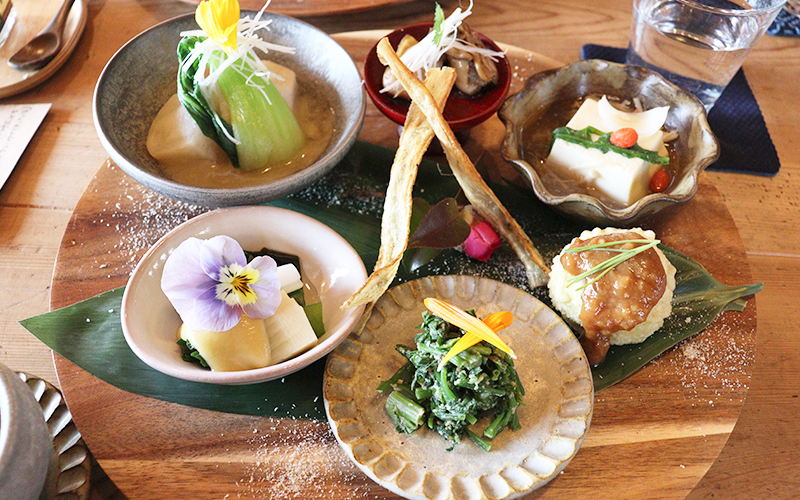






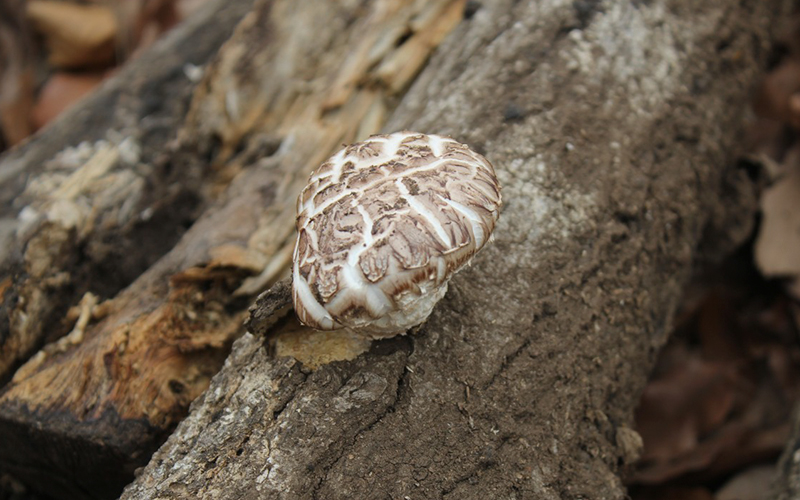



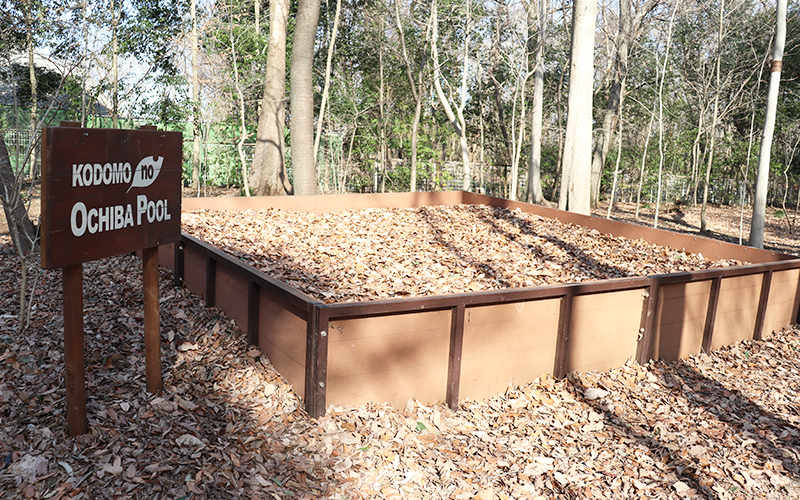
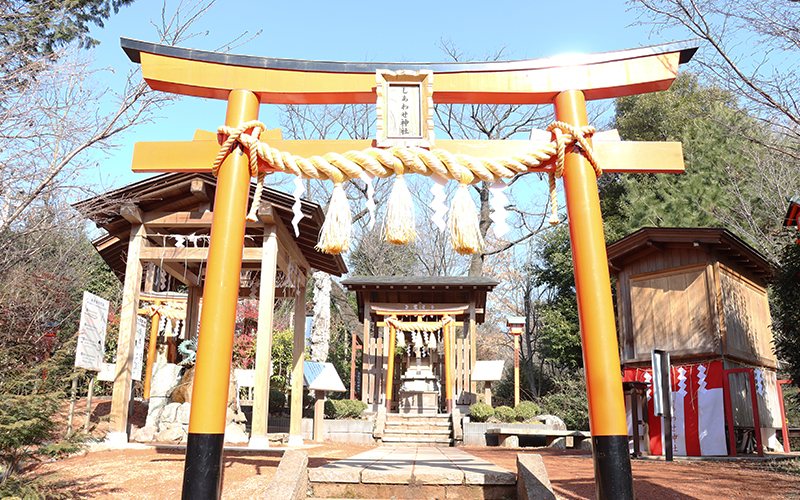


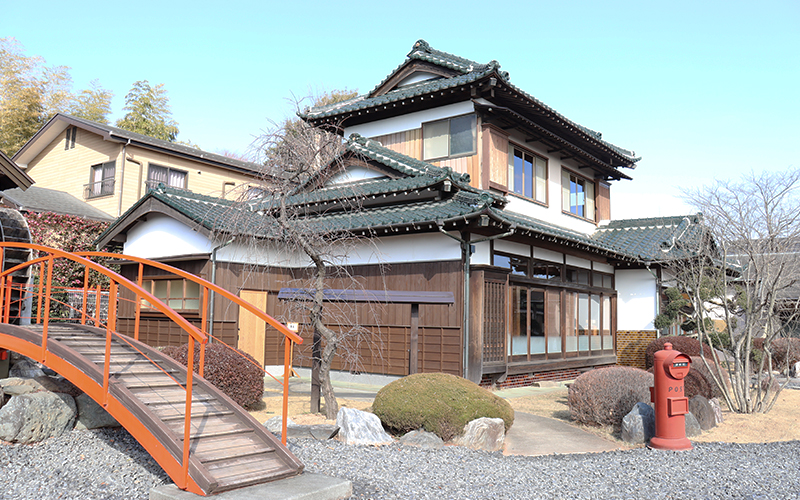
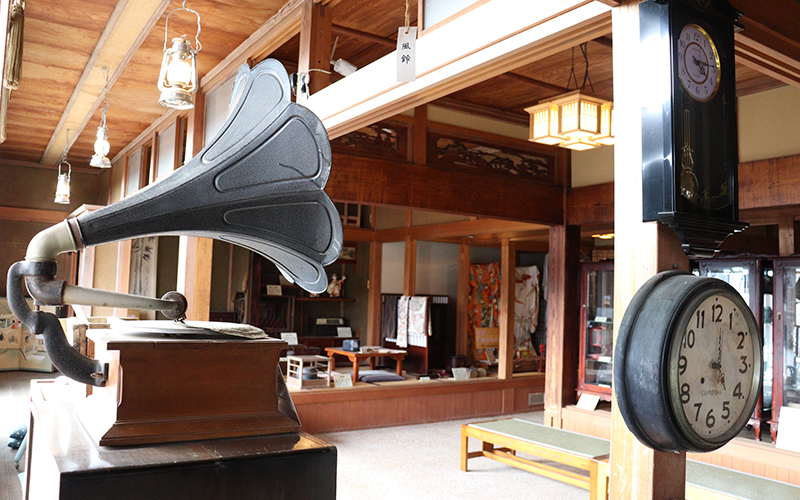






.jpg)





